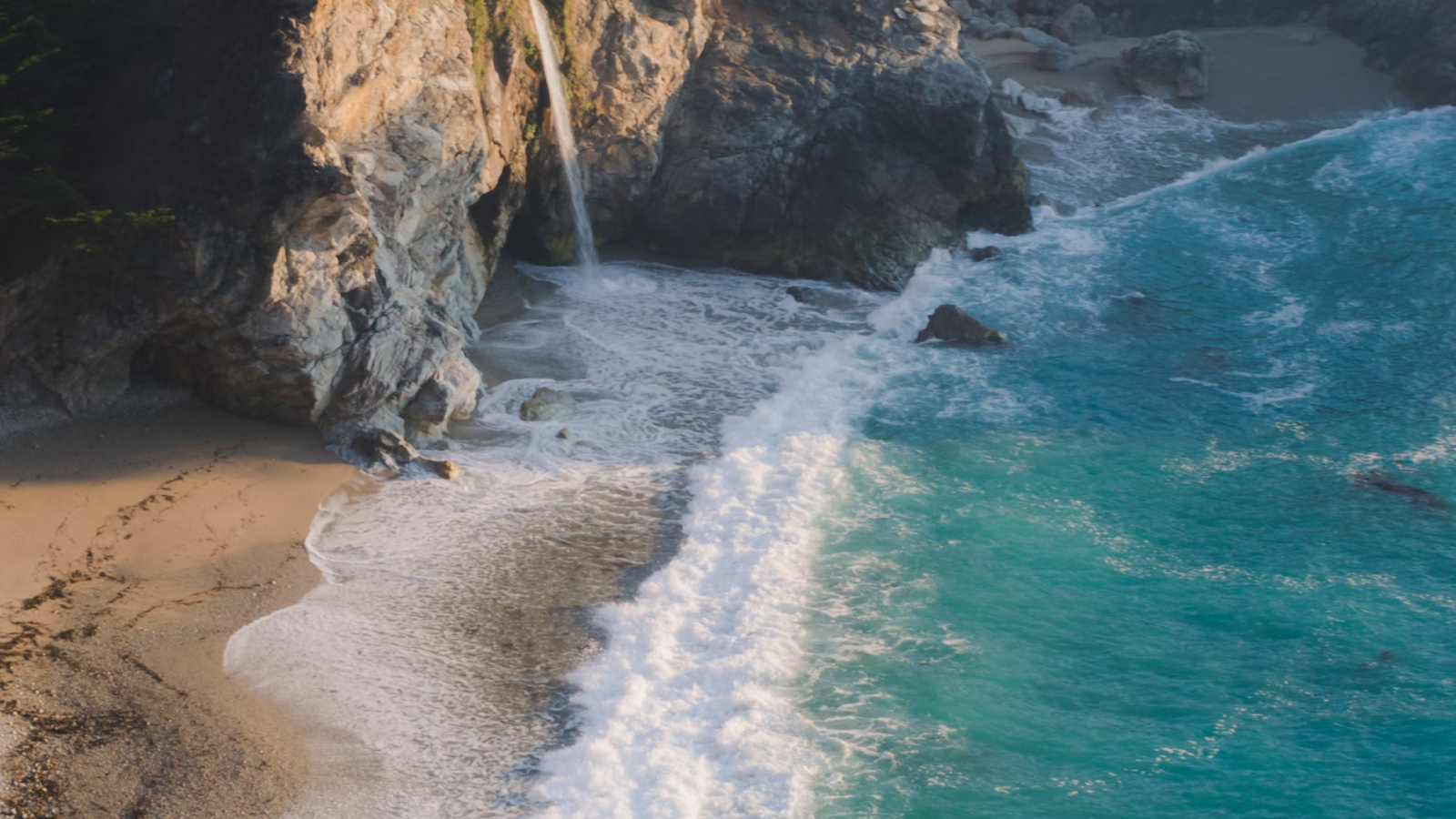Challenge
The Great Lakes’ water levels don’t just fluctuate in one direction; they rise and fall, with changes totaling up to six feet in some locations. These fluctuations pose risks from flooding, erosion, and storms. Local communities need to build capacity to plan, fund, and manage projects addressing these impacts.
Oftentimes, resources and knowledge are siloed within local areas or even specific departments. Overcoming these communication issues allows for more efficient and effective mitigation efforts.
Solution
Professionals from Wisconsin and Minnesota joined to create communities of practice that address coastal hazards and resilience needs in four different geographic regions. These leaders used best practices from the Seven Best Practices for Risk Communication training to create and implement the groups. As an example of best practice number three, the groups used both internal and external expertise to help members understand their community-specific vulnerabilities to coastal hazards and the various management options to mitigate impacts.
These communities of practice have been immensely successful at bringing together groups who would not typically collaborate to share resources, lessons learned, and best practices. By participating in these groups, members are more likely to make informed decisions to address local hazards. Members have also discovered new tools and resources to solve problems, and they have even found additional funding sources for projects.
Participants shared lessons learned from recent projects for other organizations to apply in their home communities. Additionally, new partnerships have created unique products that fill a knowledge gap, such as this guide of ecologically and culturally important shoreline plants created by the Lake Superior National Estuarine Research Reserve, the Great Lakes Indian Fish and Wildlife Commission, the Lake Superior Research Institute, and the University of Wisconsin–Madison Division of Extension’s Natural Resources Institute. (2025)

Contributors
- Bay-Lake Regional Planning Commission
- Minnesota Lake Superior Coastal Program
- Lake Superior National Estuarine Research Reserve
- Minnesota Sea Grant
- The Nature Conservancy
- NEW Water
- NOAA Office for Coastal Management
- Wisconsin State Cartographer’s Office
- Southeastern Wisconsin Regional Planning Commission
- University of Wisconsin–Madison
- Wisconsin Coastal Management Program
- State of Wisconsin Department of Administration
- Wisconsin Sea Grant
- University of Wisconsin–Madison Division of Extension
